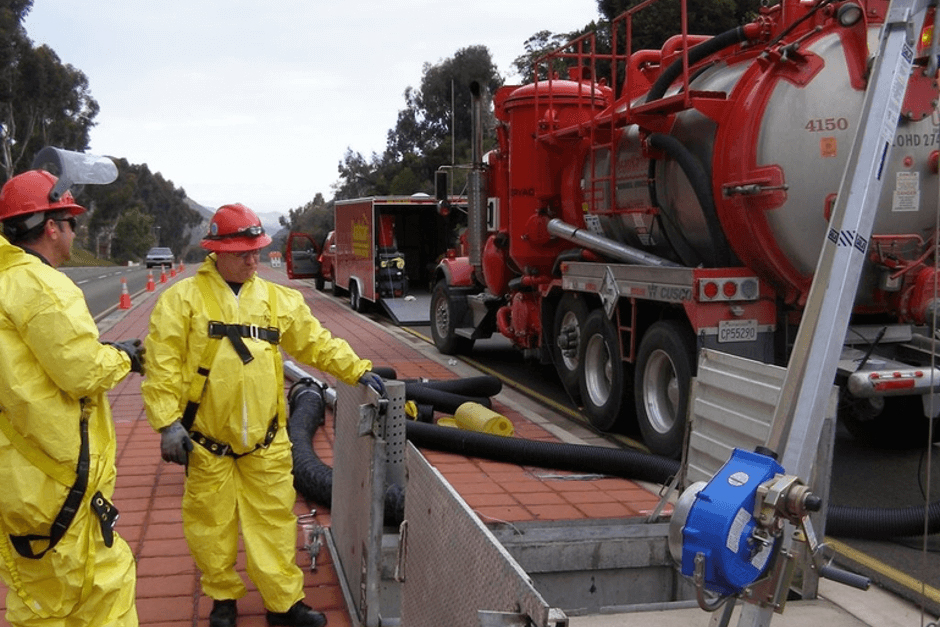Remote camp jobs with fly-in and fly-out transportation have become increasingly popular in today’s dynamic job market. This article delves into the details of this employment trend, highlighting its benefits, challenges, and essential considerations for job seekers and employers alike.
Remote Camp Jobs
Remote camp jobs with fly in and fly out transportation refer to employment opportunities located in remote areas, often away from urban centers. These jobs are prevalent in industries such as mining, oil and gas, construction, and forestry, where projects require a dedicated workforce in isolated locations.
Benefits of Remote Camp Jobs
Higher Earnings: Many remote camp jobs offer competitive salaries and benefits due to the demanding nature of the work.
Work-Life Balance: Employees typically work on a rotational basis, allowing for extended periods of time off between shifts.
Adventure and Exploration: Working in remote areas provides opportunities for adventure and exploring natural landscapes.
Skill Development: Employees often gain valuable skills and experience in their respective fields due to the challenging work environments.
Challenges of Remote Camp Jobs
Isolation: Being away from family and friends for extended periods can lead to feelings of isolation and loneliness.
Harsh Environments: Remote areas often have challenging weather conditions and limited amenities, requiring resilience and adaptability from workers.
Work-Life Integration: Balancing work commitments with personal life can be challenging due to the nature of rotational schedules.
Fly-In and Fly-Out Transportation
Fly-in and fly-out (FIFO) transportation is a common practice in remote camp jobs, where workers are flown to and from job sites via chartered flights. This mode of transportation offers convenience and efficiency, reducing travel time and enabling employees to commute from distant locations.
Advantages of FIFO Transportation
Time-Saving: FIFO transportation minimizes travel time compared to ground transportation, allowing employees to spend more time at home during off-duty periods.
Accessibility: Remote job sites that are inaccessible by road can be reached conveniently through air travel.
Safety: Chartered flights adhere to strict safety standards, ensuring a secure commute for workers.
Considerations for Employers
Transportation Logistics: Employers must plan and coordinate FIFO transportation schedules effectively to optimize workforce mobility.
Employee Well-Being: Providing comfortable and safe transportation facilities contributes to employee satisfaction and retention.
Cost Management: Balancing the costs associated with FIFO transportation against the benefits it provides requires strategic financial planning.
Conclusion
Remote camp jobs with fly-in and fly-out transportation offer unique opportunities for both employers and employees in various industries. By understanding the benefits, challenges, and considerations associated with this employment model, individuals can make informed decisions about pursuing or offering remote work opportunities.



